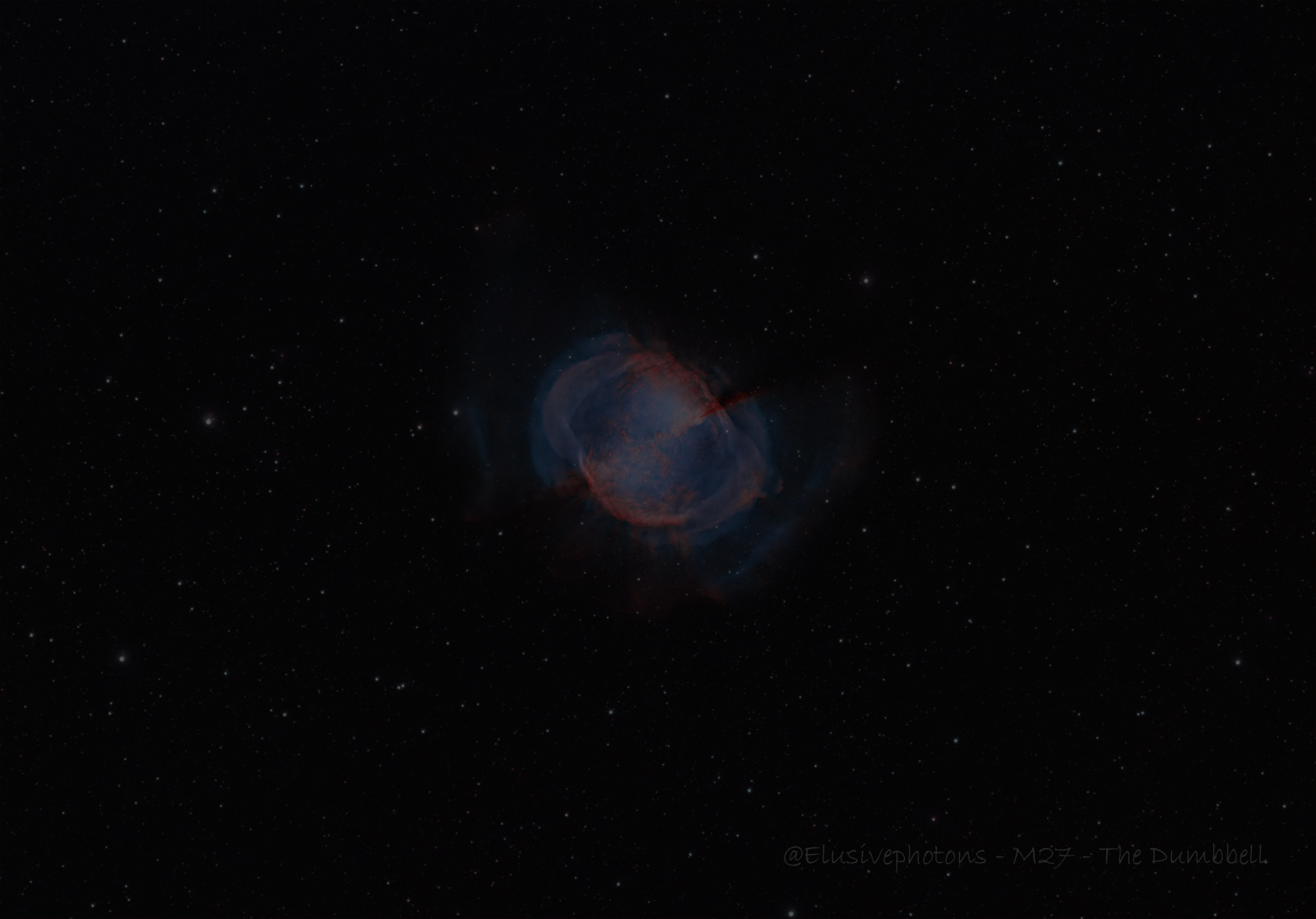
Holy Smoke!
|
Forest Fires Well it has been an interesting summer to say the least. As I live in Canada, most of North America has been hearing on the news that it is on FIRE. Well, that is quite true to be honest. I mean, we have years where we deal with forest fire smoke here and there, but this year has been something else. I would guess that 80-90% of June/July/August/September skies were impacted by smoke to some degree. These fires have impacted the lives of 10s of thousands of Canadians so please understand that this post is not about 'complaining' about the situtation. I am only posting about it to help inform others how smoke may or may not impact any astrophotography they plan on doing. If you or your loved ones have been effected by the fires, you have my condolences and I wish you the best possible outcome. All things considered, I haven't had my Stellarvue very long, so I was determined to continue testing it out... For my next test/target I wanted to use the SFFX-2 field flattener so I was looking for a smaller summer Nebula. Just so happens that I need to capture some planetary Nebulae before I can apply for my RASC Astrophotography Certificate, so I decided on M27 - The Dumbbell Nebula. (https://www.rasc.ca/astro-imaging-certificate) After spending 5 nights and 30+ hours capturing photons from this distant gaseous white dwarf I started analyzing the data. After sifting through and discarding images that just weren't great at all, I only ended up with 7 hours 35mins of useable subs. This was disappointing but I now know approximately how much smoke impacts my ability to capture photons. Let's just say it makes a HUGE difference. While one would say 'obviously', one should also realize I only setup my gear on nights where it didn't seem very bad. (ie. slight haze when looking across a couple kilometers over the ground) I thought it would be ok and I'd just compensate by collecting more time but nope, it didn't work out that way at all. Here are two sub exposures from two different nights with the same exact equipment and shot specs to highlight my findings: |
 |
 |
|
Here is the final result! |
|

|
|